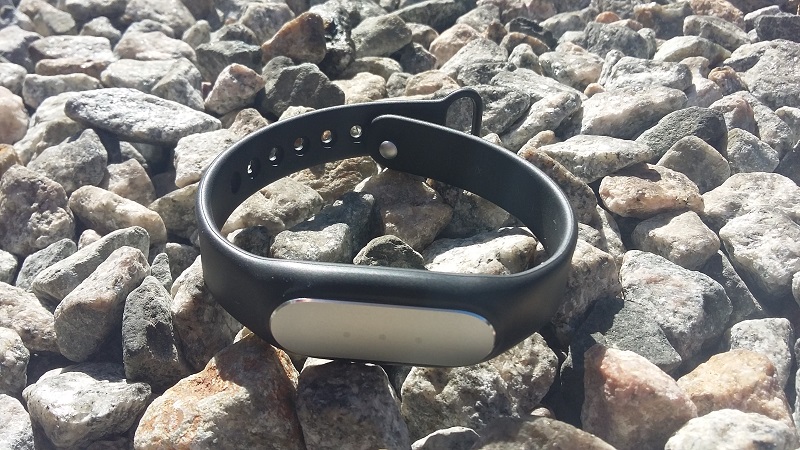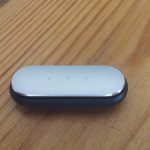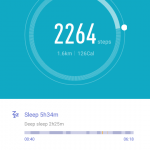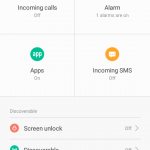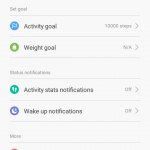The Mi band Pulse which is selling for a measly R399 may be the fitness wearable that prompts sceptics of this kind of device to open their wallets.
For R399 you’re getting a rubber band with a removable core in the centre. Like FitBit’s newest offering, the core is where the fitness tracker lives.
Inside of the oval-shaped core you’ll find a a pedometer with no display, rumble motors, a slumber monitor and a heart rate monitor.
Once on your wrist the Pulse is comfortable enough. It’s not as unnoticeable as its small size had us to believe, but it’s usually out of the way.
The rubber is a bit on the stiff side but should get more comfortable as it wears in, and it’s water resistant enough to survive a few minutes in the shower if you forget to take it off after your run.
The charging… stalk is rather strange. The core fits into the end of a piece of wire and then it just droops down.
The pedometer is probably what most people are interested in, so we’ll look at that first. At this price point it can’t compete in terms of sensitivity with the other big brands. Its performance is okay but it can easily be thrown by sudden arm movements, something those big brands have had nailed down for a while.
Sleep detection and monitoring is a feature that has wormed its way into wearables and you’ll be hard-pressed not to see it on most of them. Here the Mi Band Pulse can compete with the others as it detects both short naps as well as long sleep cycles. The only hitch here is the fact that it records in 24 hour intervals, which means your eight-hour slumber will be broken into two shorter sessions. It’s a small issue but it matters when you’re diligently logging these numbers and you have two sets of data instead of one.
The ability to vibrate softly works nicely in conjunction with this, as you can set yourself an alarm. Many people probably won’t be woken by this, but it’s nice to have anyway. While it integrates with apps, we found it would almost never alert us when we got a message in WhatsApp, for example. We don’t know why it just chose to stop doing this, but we couldn’t find a fix. Add in the fact that your phone’s alarms don’t work here, and you’ll need to make a whole new set within the app, and you have a rather lacking feature.
The heart rate monitor too is a big sticking point. Sure, it does measure it, but not continuously. To get your numbers you’ll need to manually go into the app and tell it to take a reading. This is a massive waste of time and a real pain when migrating from a device which does it on its own. A button or gesture to take a reading automatically would go a long way to make this better. The one big upside was the fact that we didn’t have a powerful green laser assaulting our eyes.
The rest of the software is pretty standard. You can set goals, see the distance you’ve travelled and it gives you a nice rough calculation of calories burned.
The biggest problem with it and the Pulse as a whole is app integration. These fitness trackers and bands only work as one part of a system, which makes app integration mandatory. Hi, Xiaomi, it’s great that you want to connect us to the “Sina Weibo” app, but not having MyFitnessPal integration is an almost unforgivable sin.
The Pulse is a real mixed bag. As an extremely simple step counter it works great, but things get iffy when you look outside of that. Luckily some simple software changes could make a lot of it better.
With the cheap price, fantastic battery life (we’re still on 70% after two weeks of decent use) and simplistic feature, it can get a recommendation. But keep in mind that you won’t be getting some of the features you have probably come to expect.

